On View
El Greco Defied the Odds to Become One of the Most Pathbreaking Painters in Art History. See Why His Work Endures Here
While museums are closed to the public, we are spotlighting an inspiring exhibition somewhere around the globe each day.
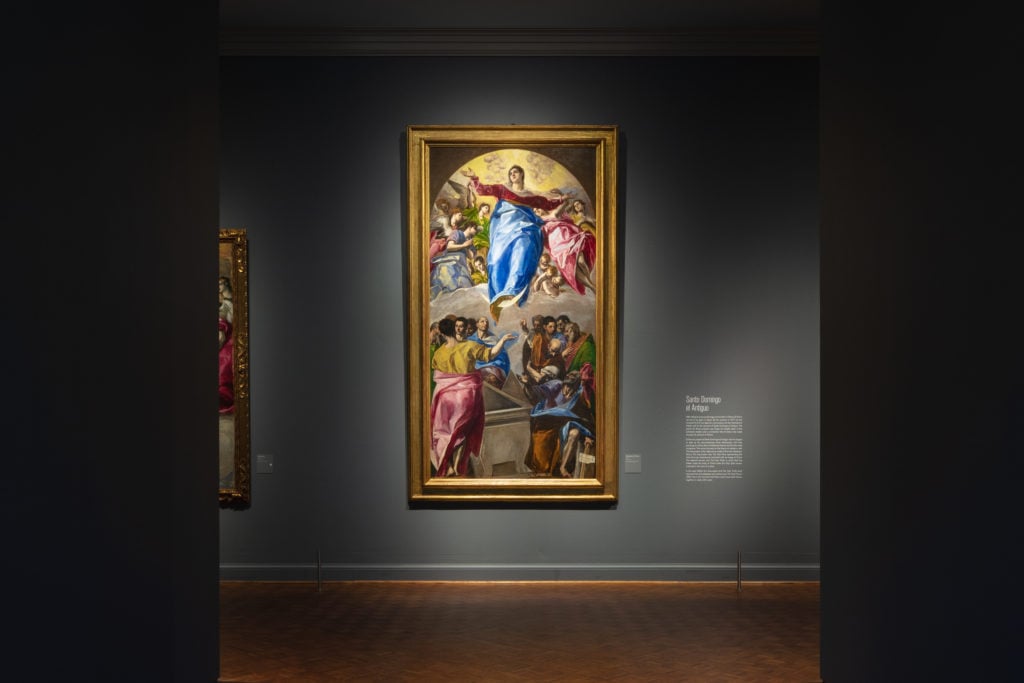
While museums are closed to the public, we are spotlighting an inspiring exhibition somewhere around the globe each day.

While museums around the globe are closed to the public, we are spotlighting each day an inspiring exhibition that was previously on view. Even if you can’t see it in person, allow us to give you a virtual look.
What the museum says: “Since El Greco’s death, writers, critics, and other observers have struggled with how and where to situate him. Was he a Byzantine icon painter transformed by the artistic revolution of the Italian Renaissance? A social climber desperately seeking noble patronage? A devout believer swept up by fervent mysticism? A proto-Modernist? Was he Greek, Italian, or Spanish? ‘El Greco: Ambition and Defiance’ looks to his works themselves for answers.
By charting the development of his remarkable style across 57 artworks, including large-scale canvases and more intimate panel paintings and sculptures, the exhibition reveals El Greco as a socially and artistically ambitious striver who expected his immense talents to be appropriately acknowledged and rewarded.”
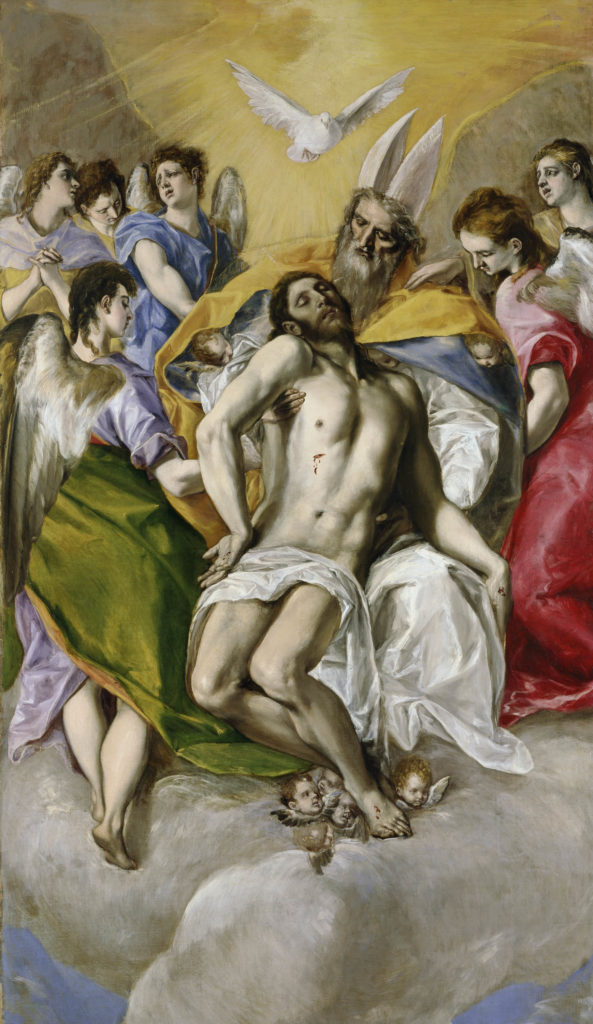
El Greco, The Holy Trinity (1577–79). Museo Nacional del Prado, Madrid.
Why it’s worth a look: Born Domenikos Theotokopoulos in 1514 in Crete, the artist who came to be known as El Greco was a proto-Modernist painter who managed to carve out a distinct career for himself in the midst of the Italian Renaissance, vying for commissions alongside the likes of Michelangelo and Titian.
The exhibition traces his work from his beginnings as an icon painter, where he learned to maximize scenes of veneration in his flat, stylized scenes. From there, his travels to Italy and Spain were marked by a new style that veered closer to the figurative work of the Venetian Renaissance. The crux of the show is in the force of will behind El Greco’s career, despite numerous roadblocks to his success.
Throughout the show, viewers will recognize the artist’s distinctly elongated forms and elegant compositions, which have made him an enduring and endlessly compelling subject. While the museum is temporarily closed, viewers can still experience the show through virtual tours and interactive tools, including an in-depth look at the work The Assumption of the Virgin.
What it looks like:
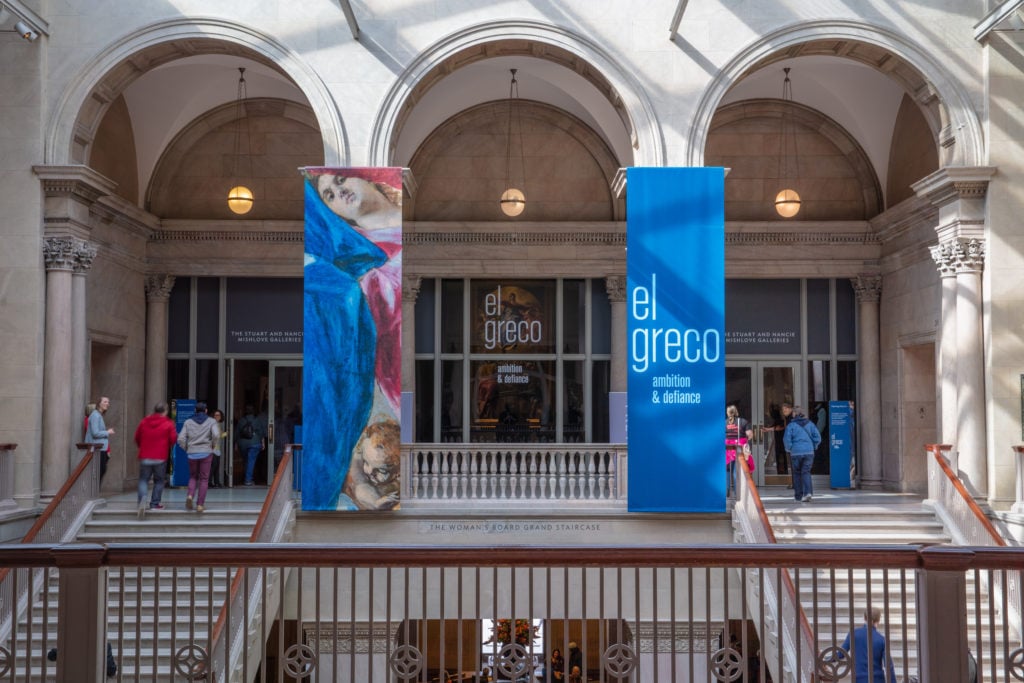
Installation view of “El Greco: Ambition and Defiance,” 2020. Courtesy of the Art Institute of Chicago.
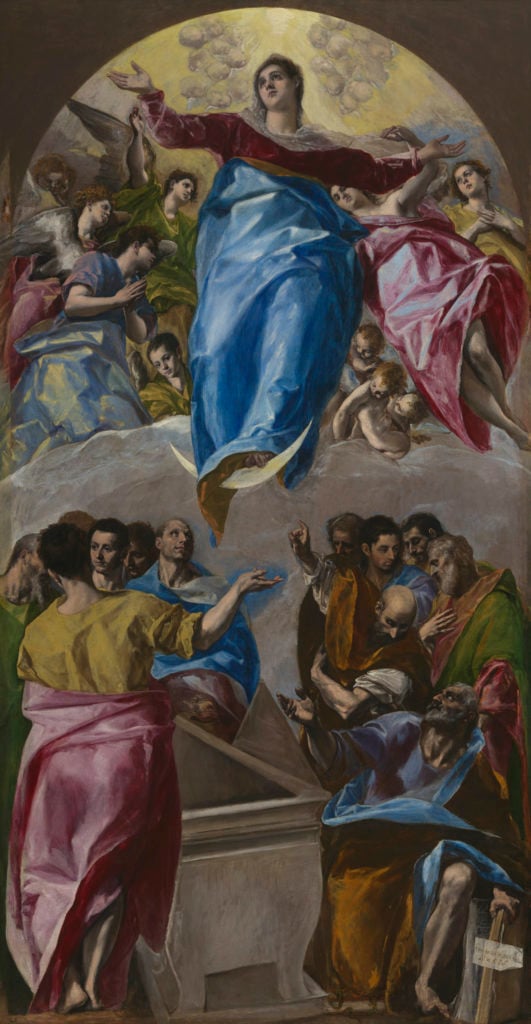
El Greco, The Assumption of the Virgin (1577–79). Courtesy of the Art Institute of Chicago.
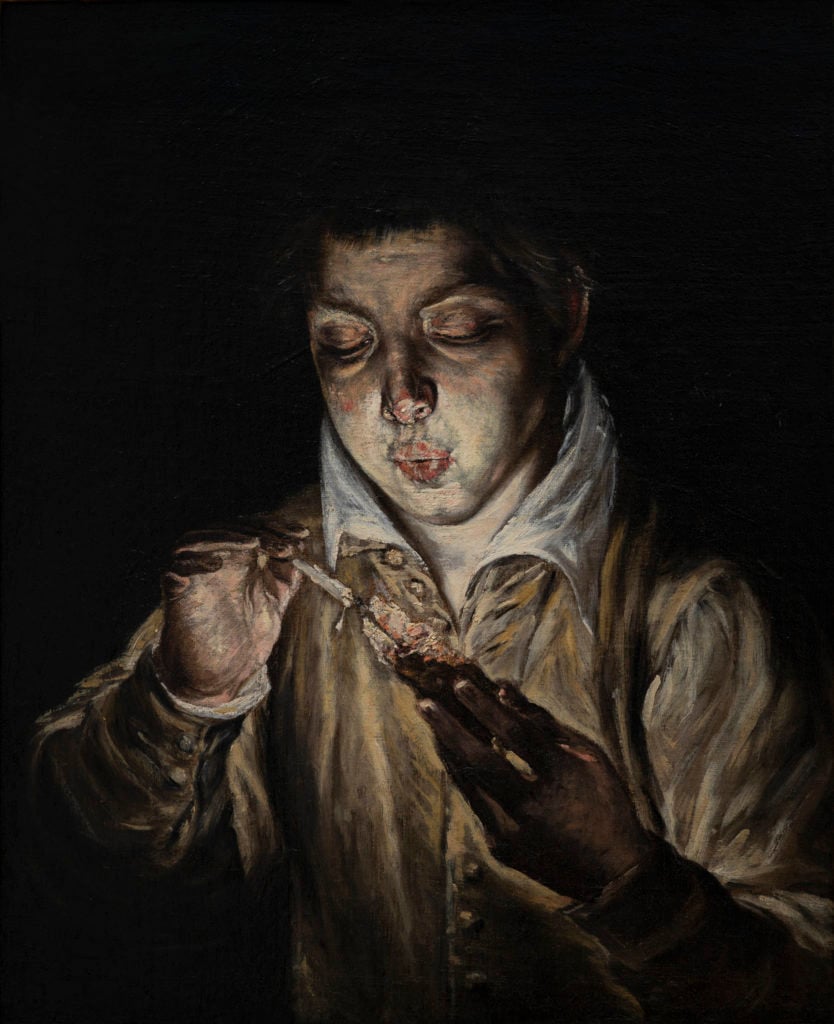
El Greco, A Boy Blowing on an Ember to Light a Candle (El Soplón) (ca. 1570).
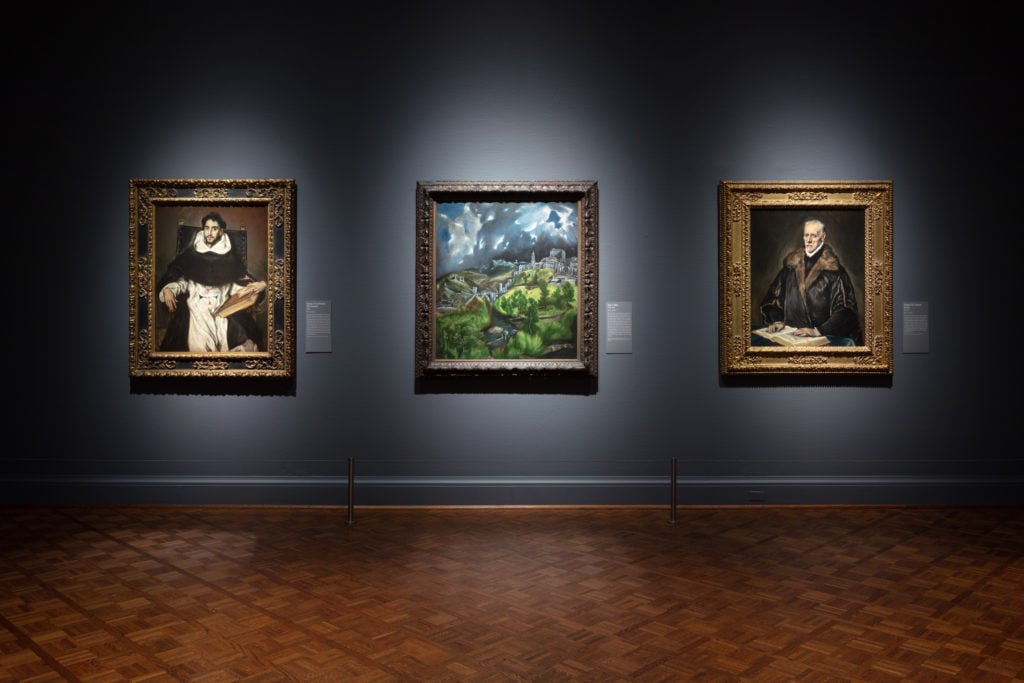
Installation view of “El Greco: Ambition and Defiance,” 2020. Courtesy of the Art Institute of Chicago.
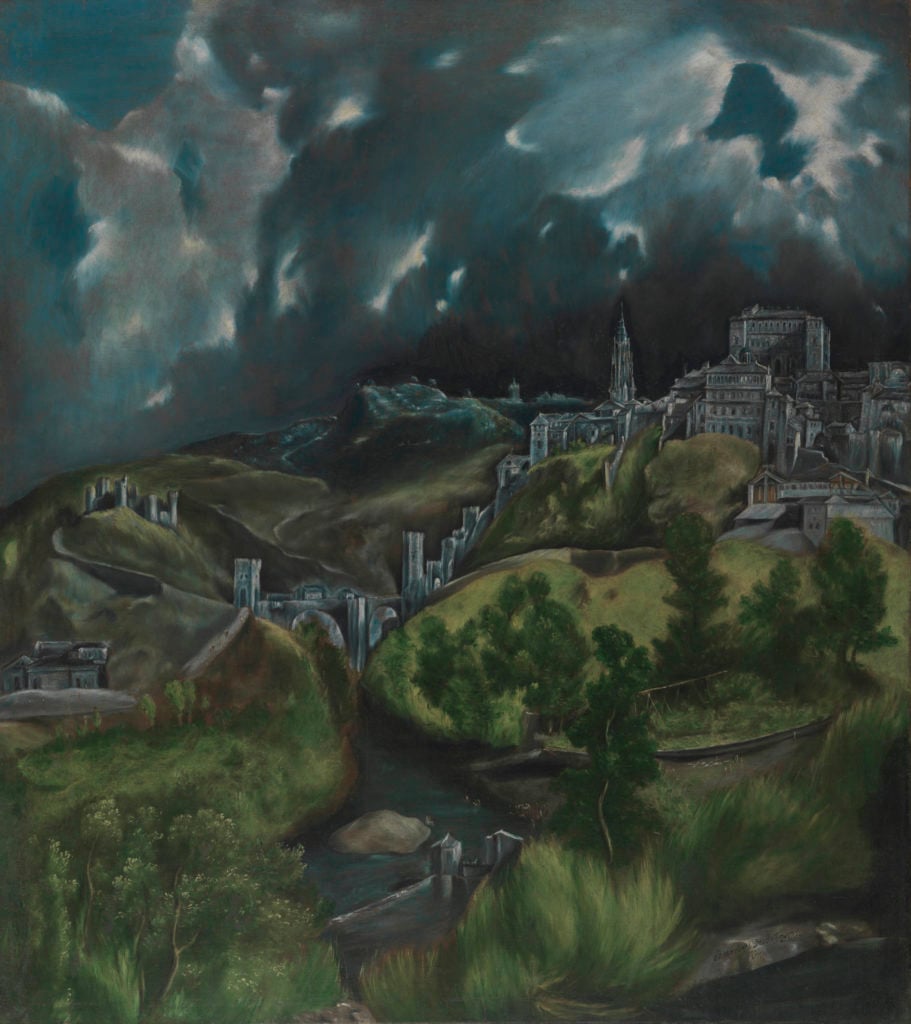
El Greco, View of Toledo (ca. 1598–99). Courtesy of the Metropolitan Museum of Art.
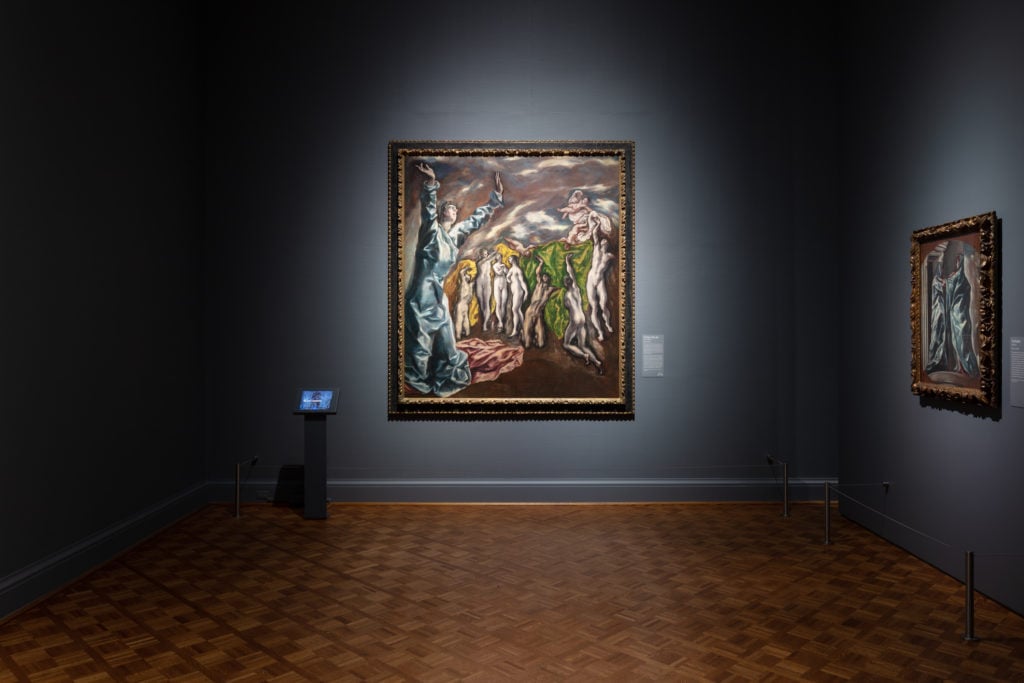
Installation view of “El Greco: Ambition and Defiance,” 2020. Courtesy of the Art Institute of Chicago.
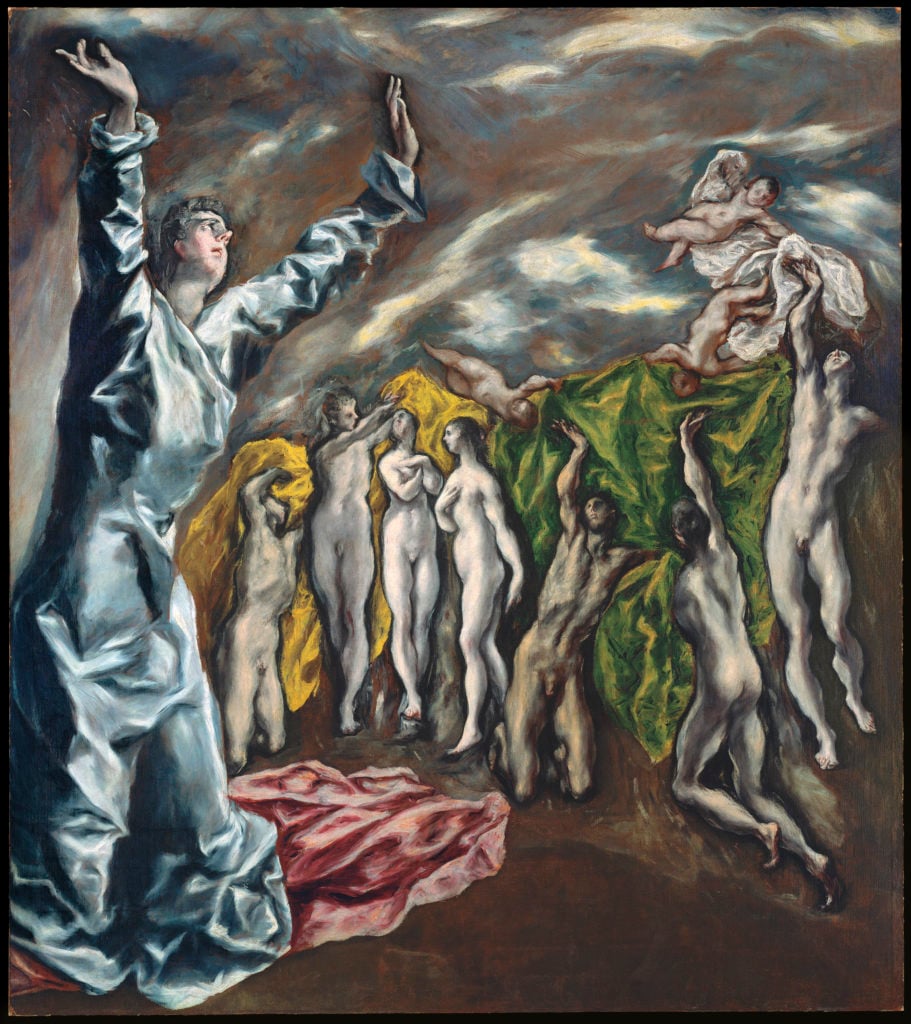
El Greco, The Vision of Saint John (ca. 1609-14). The Metropolitan Museum of Art.
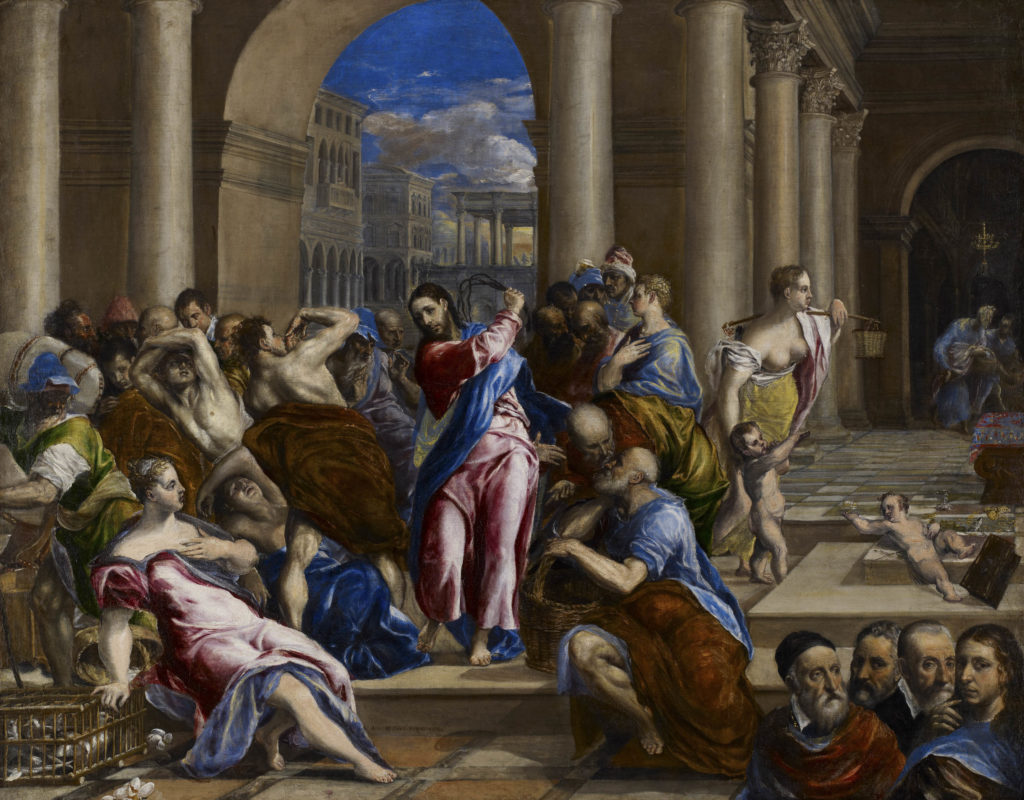
El Greco, Christ Driving the Money Changers from the Temple (ca.1570). Minneapolis Institute of Arts.
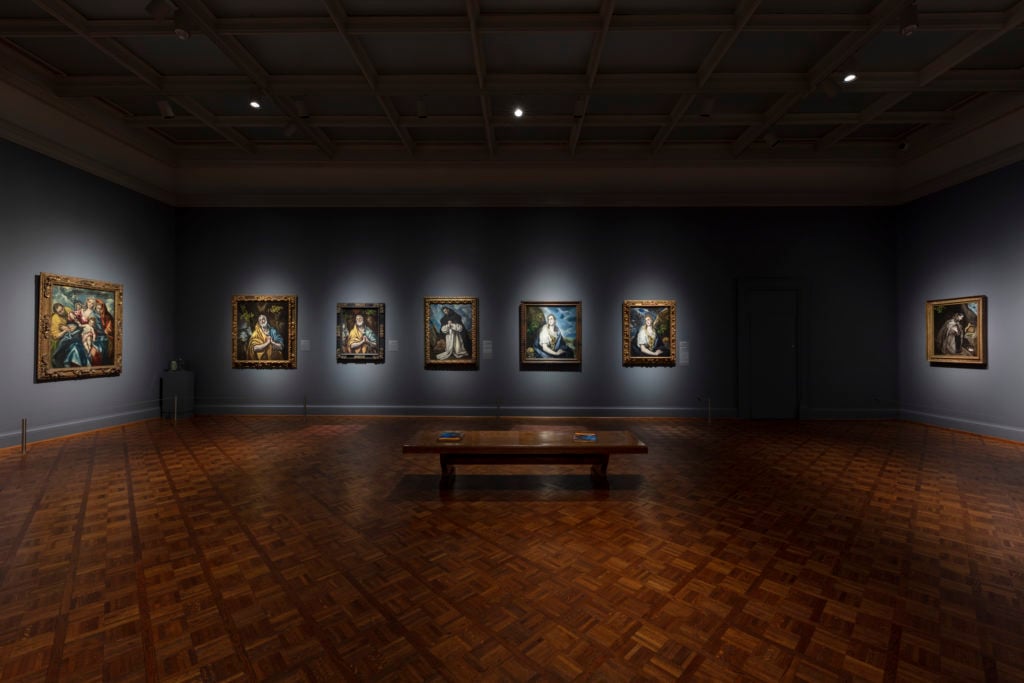
Installation view of “El Greco: Ambition and Defiance,” 2020. Courtesy of the Art Institute of Chicago.
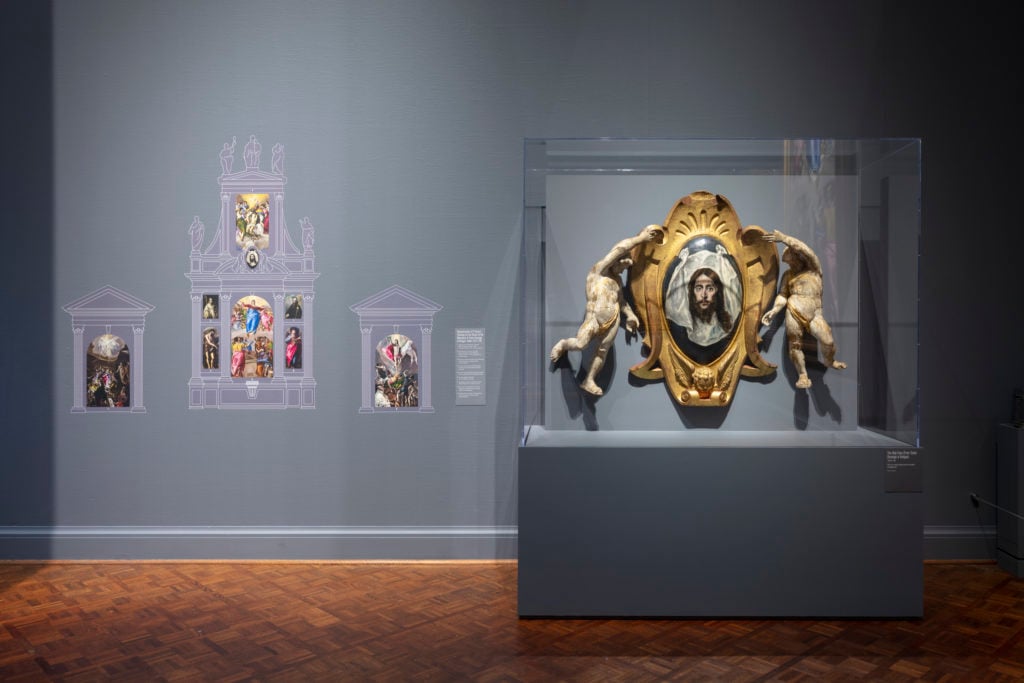
Installation view of “El Greco: Ambition and Defiance,” 2020. Courtesy of the Art Institute of Chicago.
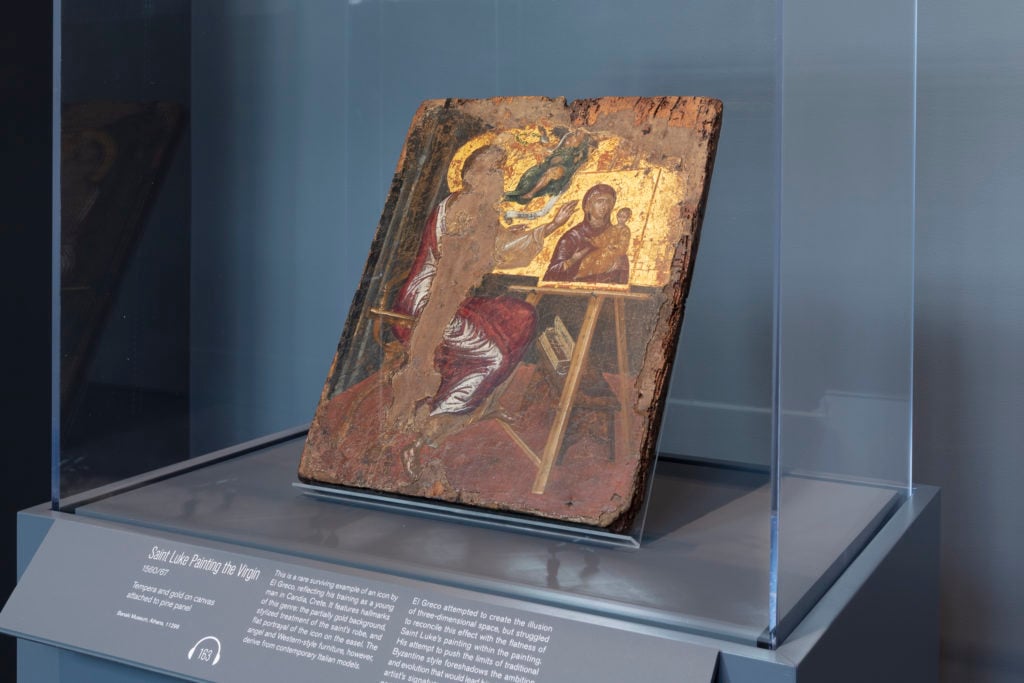
Installation view of “El Greco: Ambition and Defiance,” 2020. Courtesy of the Art Institute of Chicago.
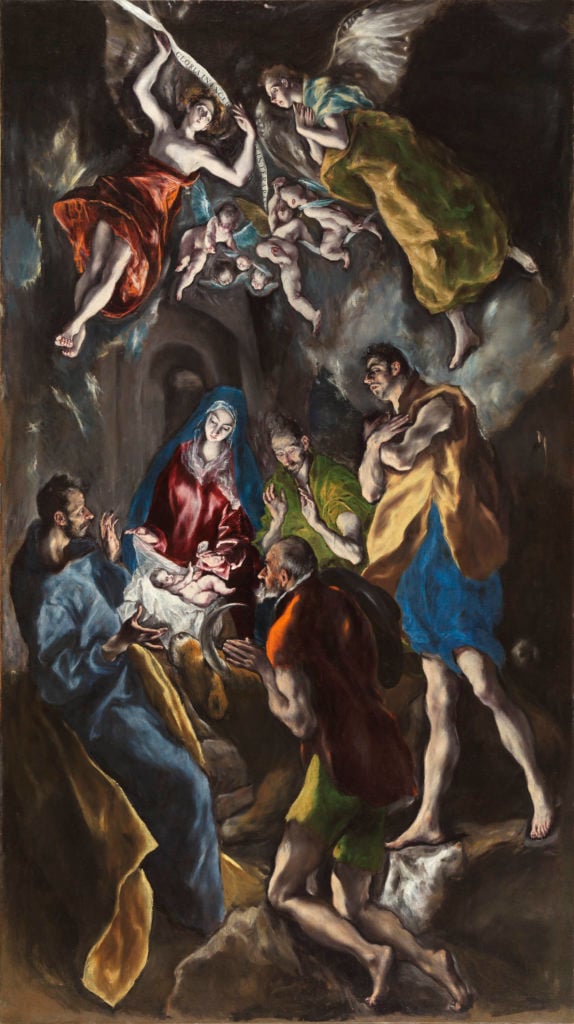
El Greco, The Adoration of the Shepherds (1612-14). Museo Nacional del Prado, Madrid.